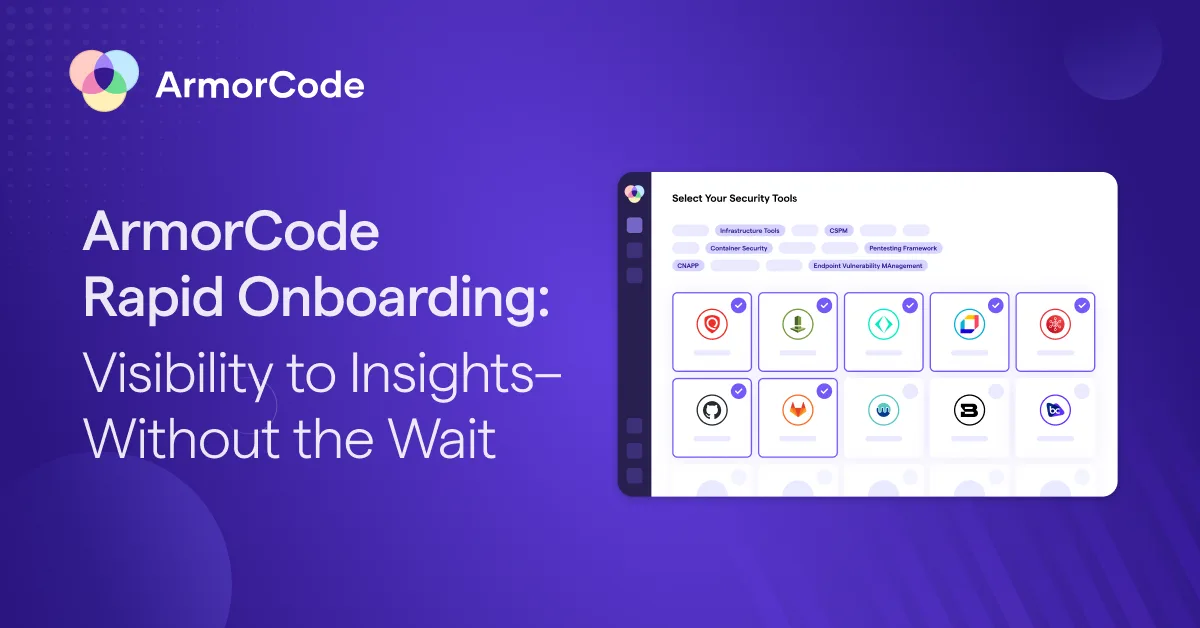Testing applications for security vulnerabilities is more important now than ever before. The latest big supply chain attack at 3CX, a VOIP provider with 12 million daily active users, was determined to be caused by another supply chain attack of a derivatives trading software. Users of 3CX software were targeted with information-stealing malware. With the complexity of software security attacks growing at an alarming rate, developers need to be doing all they can to protect themselves against the risks.
Preventing vulnerabilities from making their way to production goes a long way in strengthening your AppSec posture, and that requires lots of scanning and testing to assess application security. Strong application security can only be achieved through a combination of application security testing techniques across the SDLC, with the findings all brought together to be prioritized and remediated. Businesses should consider the following list of AppSec testing techniques and their associated tooling to see what is the best fit for their organizational needs and provider duties.
Read: Top 5 Organizational AppSec Challenges
1. Static Application Security Testing (SAST)
Static Application Security Testing involves examining the codebase of an app for security vulnerabilities. The Static name is tagged here because this denotes that the testing happens without executing the code itself. SAST tools are typically built into the developer environment, through the preferred IDE. The tool identifies any vulnerabilities in the code and suggests remediations where they are known.
2. Dynamic Application Security Testing (DAST)
Dynamic Application Security Testing tests an app while it is executing or running. Instead of looking at the codebase, this type of testing involves testing various inputs to the system. With DAST tools, you can simulate an attack to see how the application will perform under pressure. DAST can identify vulnerabilities that may not be apparent from using SAST alone.
3. Interactive Application Security Testing (IAST)
Interactive Application Security Testing is a combination of both Static Application Security Testing and Dynamic Application Security Testing. Here, the app is tested while it’s running, similar to DAST. However, unlike DAST, IAST results show exactly where identified vulnerabilities arising from the running application are derived from in the code itself. This gives a better result than DAST alone.
4. Runtime Application Self-Protection (RASP)
Runtime Application Self-Protection is a form of security measure that involves monitoring an application while it’s running to identify successful attacks as they happen. This is a type of post-release scanning that can be used in environments where there are high levels of security concerns. RASP can identify security events and respond to them with the appropriate action. RASP will add resource overhead to an app so is typically used sparingly.
5. Database security scanning
Database security scanning is a type of testing that specifically examines databases and their inherent vulnerabilities. Database security for apps is essential when dealing with personally identifying information. This testing will identify weaknesses such as misconfigurations, poor access controls, SQL injection sites, weak passwords, unpatched database versions, etc. Database security testing is typically static.
6. API security testing
API security testing involves testing an app’s API behaviors dynamically, while it is running. Now that many companies have migrated to microservice architectures, APIs are more important and widely used than ever. However, with an API structure comes new security risks from being an entry-way to the app. API security testing can surface common issues and vulnerabilities that exist in API code.
7. Cloud-native application security testing (CNAST)
Listen: LTAPod #11: – Security Automation in a Cloud World
Cloud-native application security testing is a form of testing that considers apps running on cloud architecture and their components and interactions, including containers, storage, and compute. CNAST can involve a range of SAST and DAST measures and these tools are typically offered by the cloud provider themselves, although there are third-party security tools for more niche use cases.
8. Software composition analysis (SCA)
Software composition analysis testing involves scanning third-party libraries and tools for known vulnerabilities. This can include flagging if a library is not up to date, highlighting known issues with a given tool, plus showing any licensing issues. SCA is extremely important in environments that have a sprawling footprint of third-party plugins.
9. Web application security testing (WAST)
Web AppSec testing involves testing specifically for applications that are connected to the internet. The testing looks closely at the connection points to the web and the data that is exchanged here. Vulnerabilities that can be identified include SQL scripting attack points, cross-site scripting attack points, session hijacking attack points, and more.
10. Mobile application security testing (MAST)
Mobile application security testing is testing designed specifically to identify flaws that often exist in mobile application operating environments. This can include things like input and output vulnerabilities, authentication issues, data storage concerns, insecure communications, and more. MAST must be performed for the target operating system and involves a range of techniques in testing.
Coordinate your AppSec testing like an expert with ArmorCode
“ArmorCode allowed security engineers and developers to make the best use of resources, address the most impactful issues first, and prioritize everything appropriately.” – Midsize Fintech Company Case Study
No matter what type of application security testing methods you deploy in your business, there can be an overwhelming number of alerts. Sorting through alerts and prioritizing which to remediate can be a nightmare for both security and developers. By using a platform like ArmorCode, teams can ingest findings from all of their testing tools, and triage and prioritize them to ensure the highest-priority vulnerabilities are first addressed.
ArmorCode’s AppSecOps platform brings together all your application security testing tools in one place, for an organized approach to a noisy security environment. By streamlining and orchestrating your AppSec, you can ensure that your tools are always up to date, with prioritized alerts, and vulnerability management is made easier for security and developers alike. Request a Demo to see how our platform works in action.




